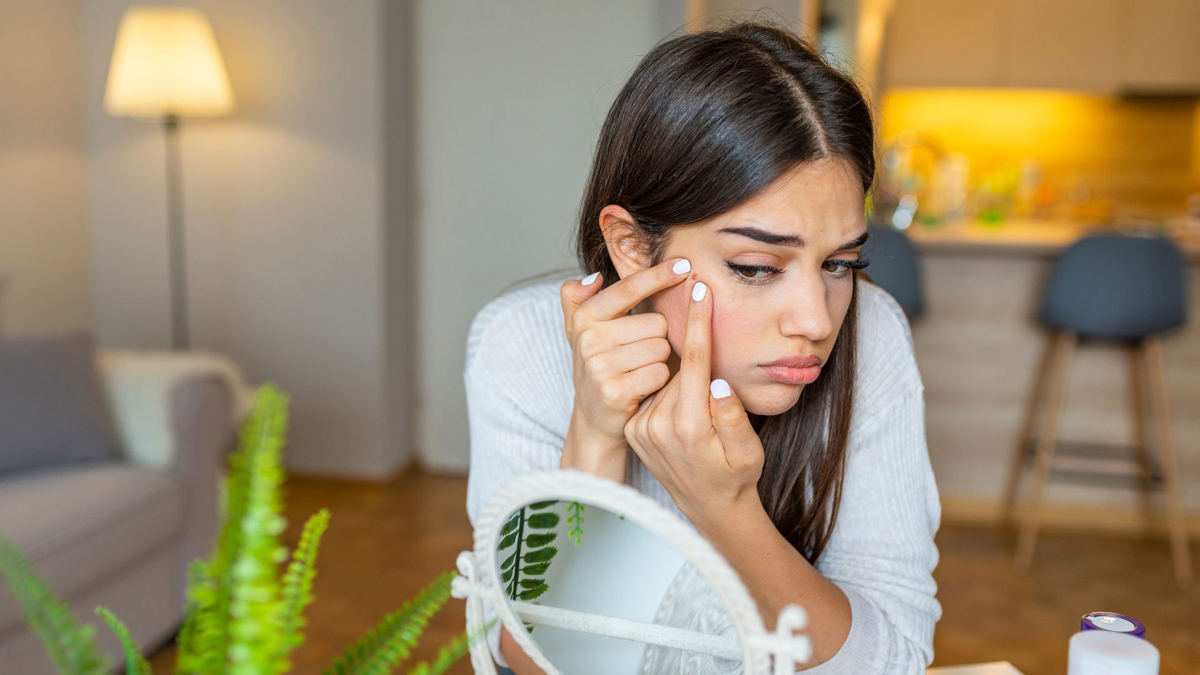If you don't pop a pimple, it will usually go away on its own over time. The body's immune system will work to clear the inflammation and bacteria from the pore, and the pimple will eventually shrink and disappear.
Where does the pus go if you don't pop a pimple

Where does the pus go if you don't pop a pimple?
If you don't pop a pimple, it will usually go away on its own over time. The body's immune system will work to clear the inflammation and bacteria from the pore, and the pimple will eventually shrink and disappear.
However, if you pick at or squeeze the pimple, it can cause further inflammation and damage to the skin, and potentially lead to scarring. Squeezing a pimple can also cause the contents of the pimple to spread to other pores, leading to the formation of more pimples.
What's the composition of Pus?
The formation of pimple pus involves a blend of sebum, which is the natural oil produced by your skin, becoming trapped in your pores. This oily substance mixes with dead skin cells, debris like makeup residues, and bacterial presence.
In the case of inflammatory acne, including pustules, papules, nodules, and cysts, your immune system becomes active in response to these conditions, leading to the development of visible pus.
Pustules in acne, for instance, contain a whitish fluid within them. As the inflammation subsides, pustules tend to recede and diminish in size.
What are the potential risk of popping a pimple?
Therefore, it is generally recommended to avoid popping pimples and instead use gentle skincare practices and acne-fighting products to help clear the skin. If you have persistent or severe acne, it is also a good idea to see a dermatologist for treatment options.
Why should you squeezing the pimple?
Dr. Nazarian cautions against squeezing or picking at pimples, as these actions not only escalate inflammation, but also damage blood vessels, potentially leading to infection. She emphasizes that these indicators of skin trauma may persist as discoloration for months. Therefore, if your goal is to prevent the development of dark spots, hyperpigmentation, or acne scars, it's crucial to refrain from touching your blemishes.
Take care of Pimples safety
While seeking the expertise of professionals is a prudent option, managing pimples safely at home is also viable. Dermatologists employ specialized sterilized tools that mitigate the risks associated with DIY pimple treatments. However, if you're determined to tackle the issue independently, consider these alternatives before resorting to direct pimple popping:
Over-the-Counter Treatments: Utilize products containing salicylic acid, benzoyl peroxide, or glycolic acid to expedite the pimple's healing process. Apply one of these options for several days to assess improvement. Additionally, overnight pimple patches are worth a try.
DIY Approaches: Experiment with natural remedies like tea tree oil, either on its own or blended into a paste with baking soda and hydrogen peroxide. Alternatively, concoctions using activated charcoal or bentonite clay mixed with water can be applied to the affected area and left to harden for approximately 15 minutes.
Suppose you've attempted these methods or simply can't resist the urge any longer. In that case, follow these steps to ensure the safest pimple-popping experience:
Wait for the Right Moment: Exercise patience until the pimple has developed a discernible white head, indicating it's ripe for extraction.
Prioritize Hygiene: Thoroughly wash your hands, paying extra attention to your fingertips and nails.
Use Protective Gear: Don a pair of sterile gloves for added safety.
Prepare the Pimple Site: Sterilize a straight pin (the kind used for sewing) using a lighter or match, and cleanse it with rubbing alcohol.
Piercing Technique: With the pin held parallel to the pimple's tip, gently pierce the very top of the pimple.
Gentle Pressure: Employ your fingers or a cotton swab to apply gentle pressure to the sides (not the top) of the pimple. If nothing emerges, the pimple isn't ready, and it's best to wait a bit longer before attempting again.
Post-Extraction Care: If pus is successfully released, after ensuring it's entirely out, use a clean cotton ball or cotton swab to apply more alcohol or witch hazel for proper disinfection.



